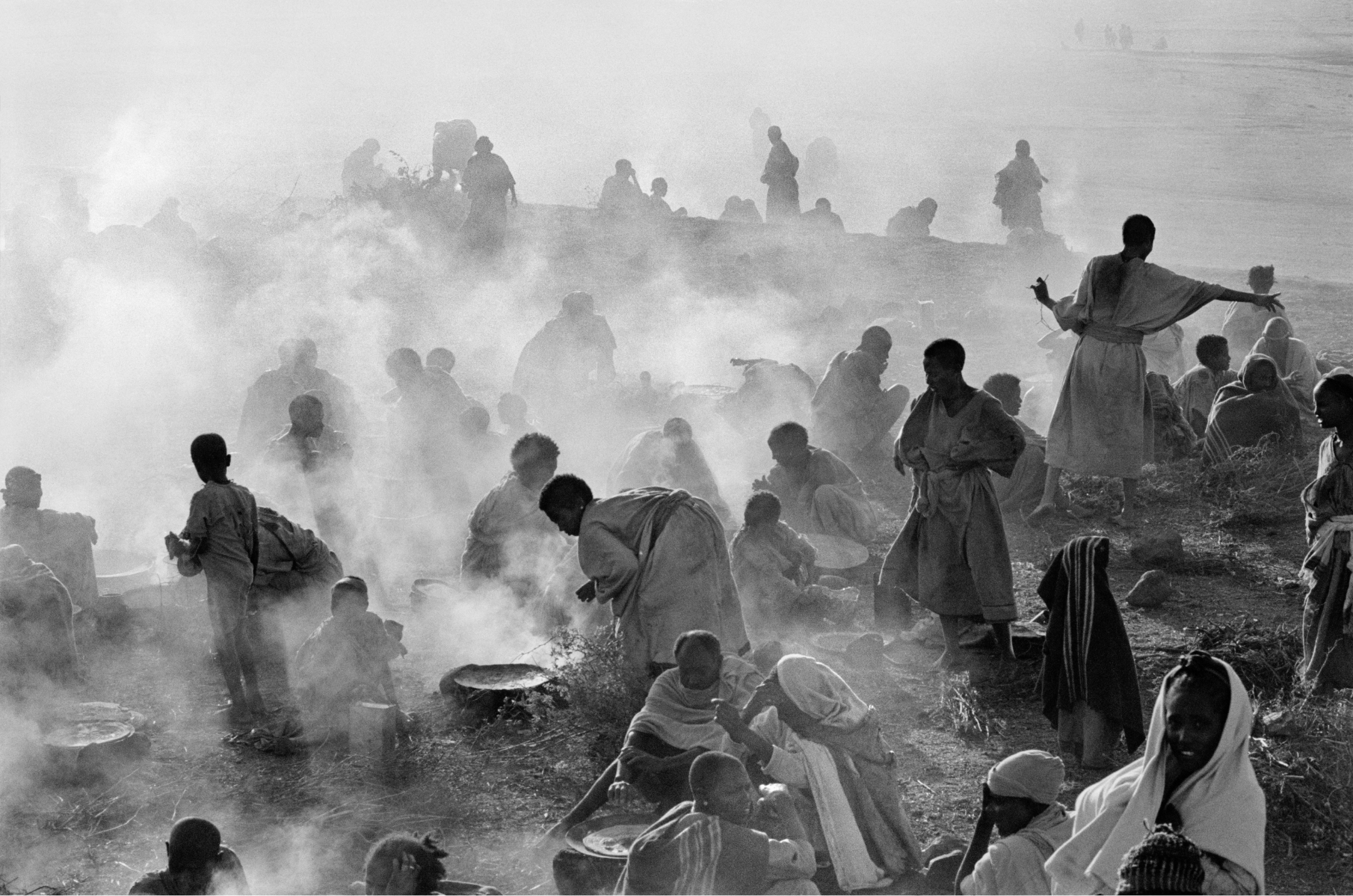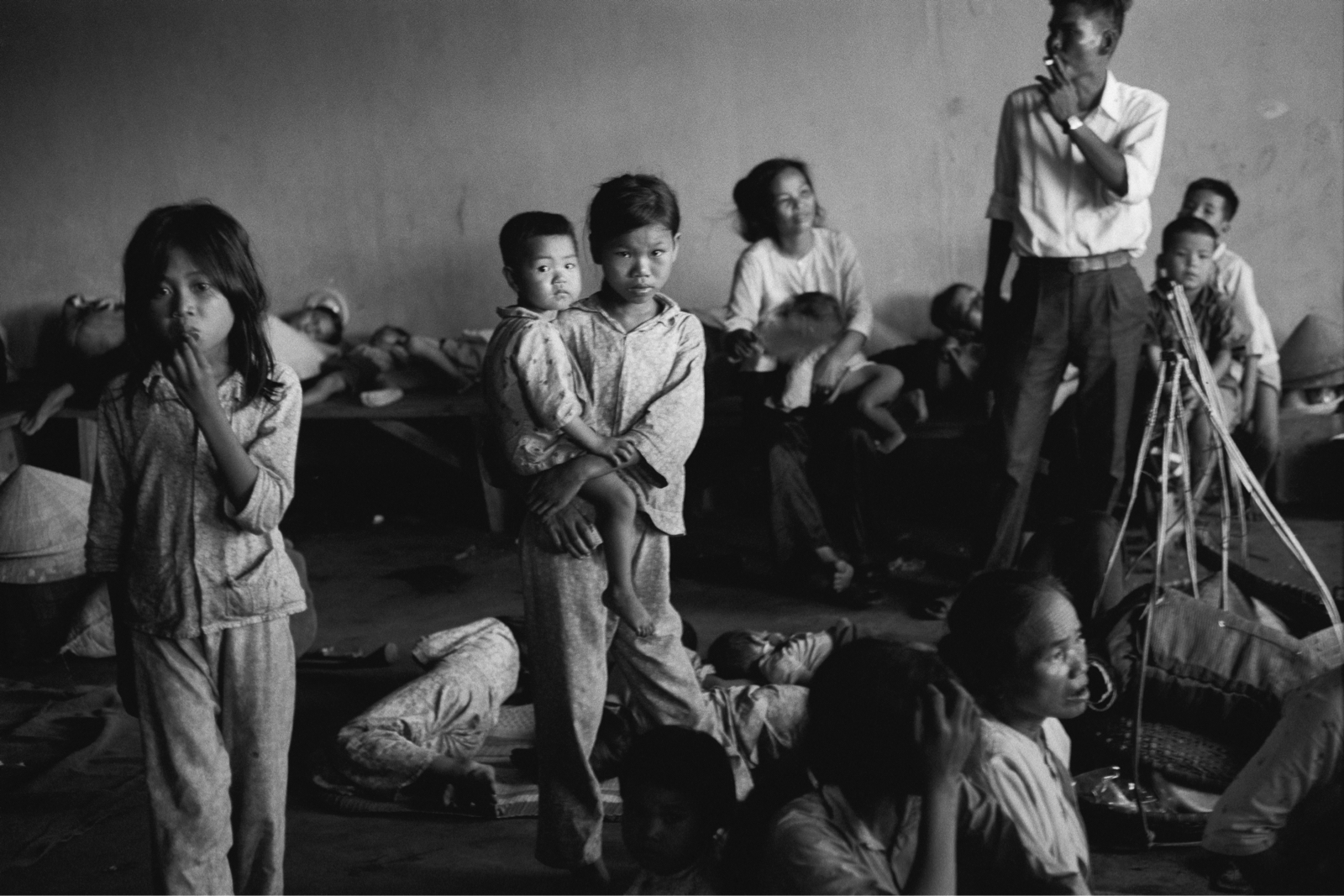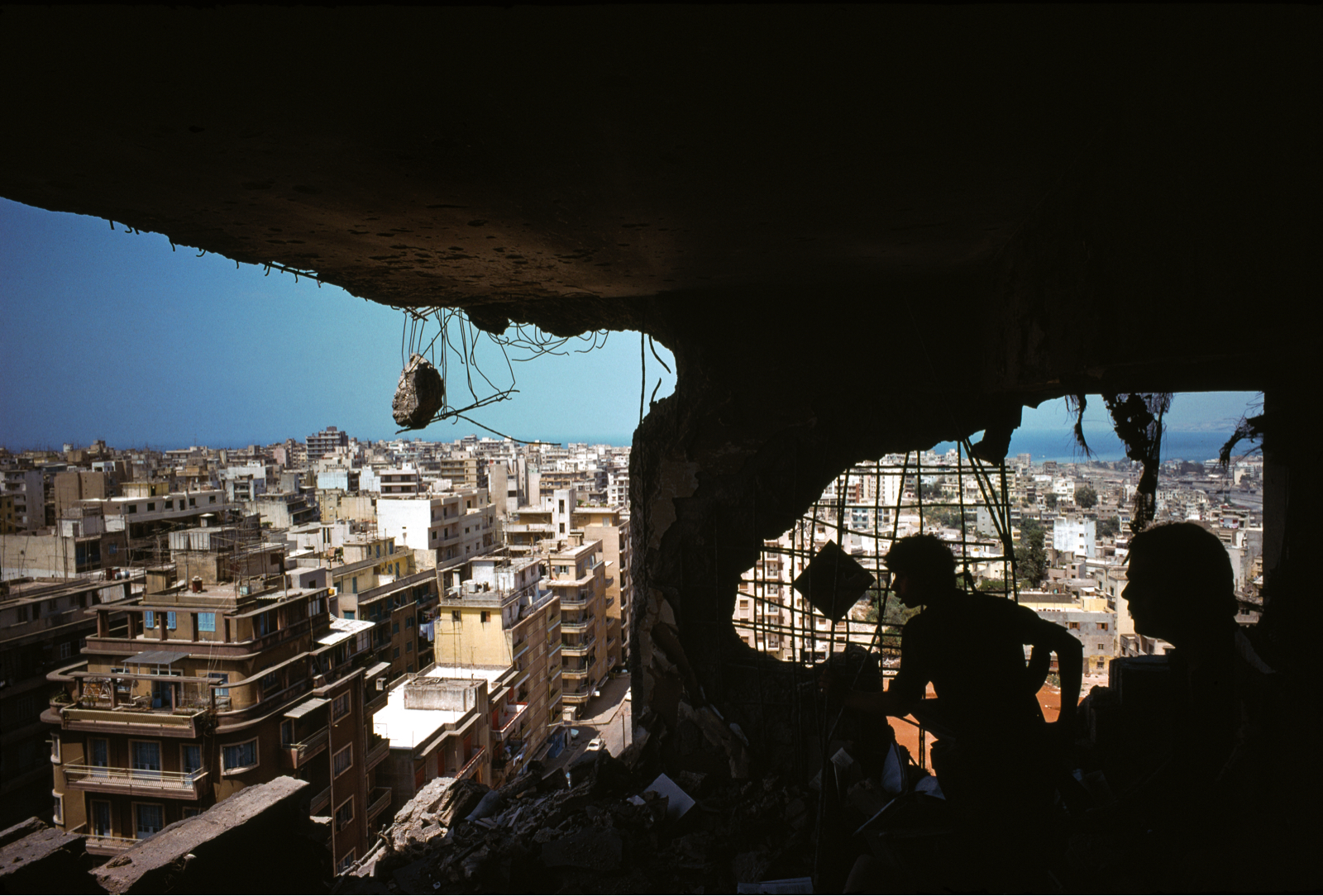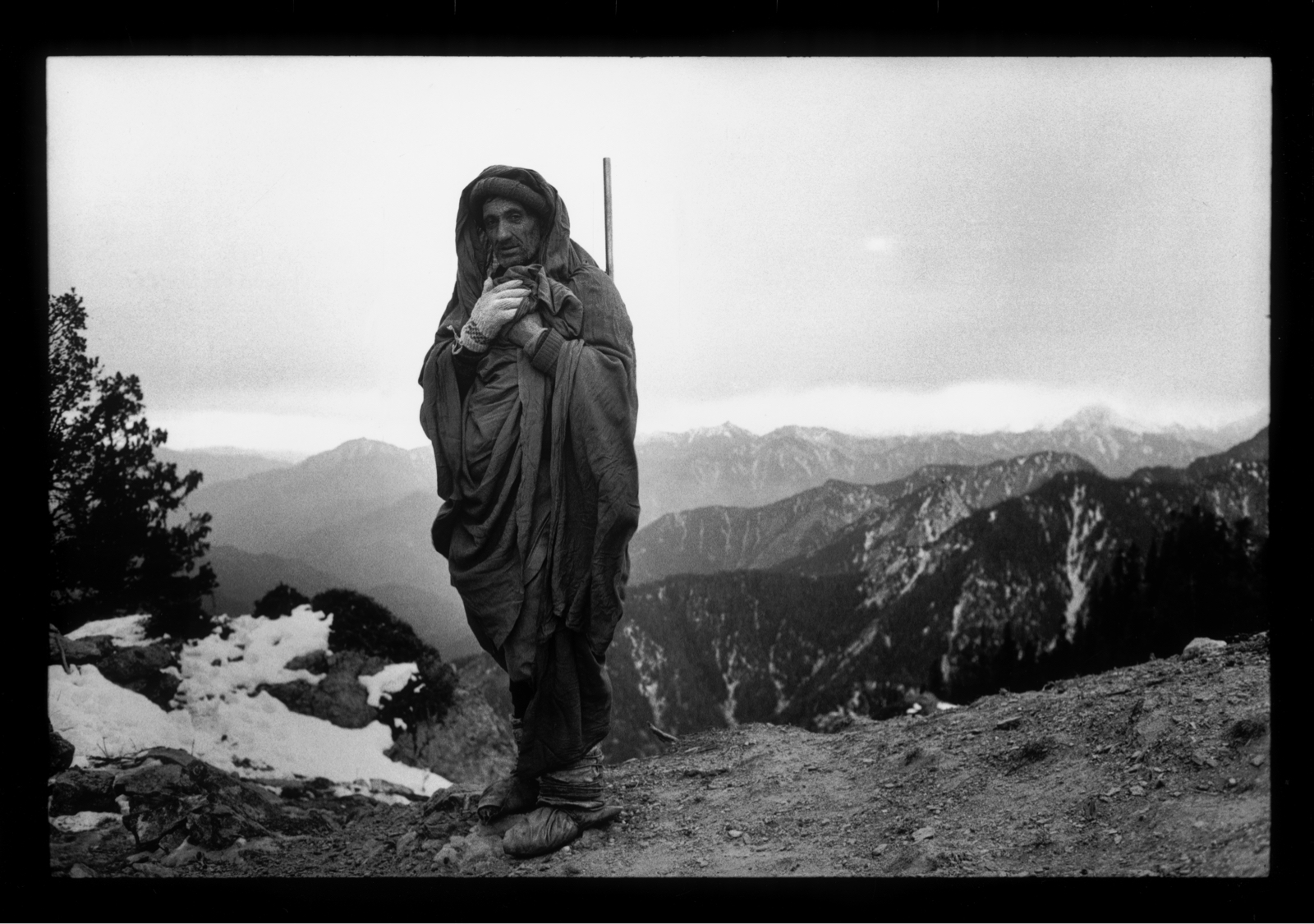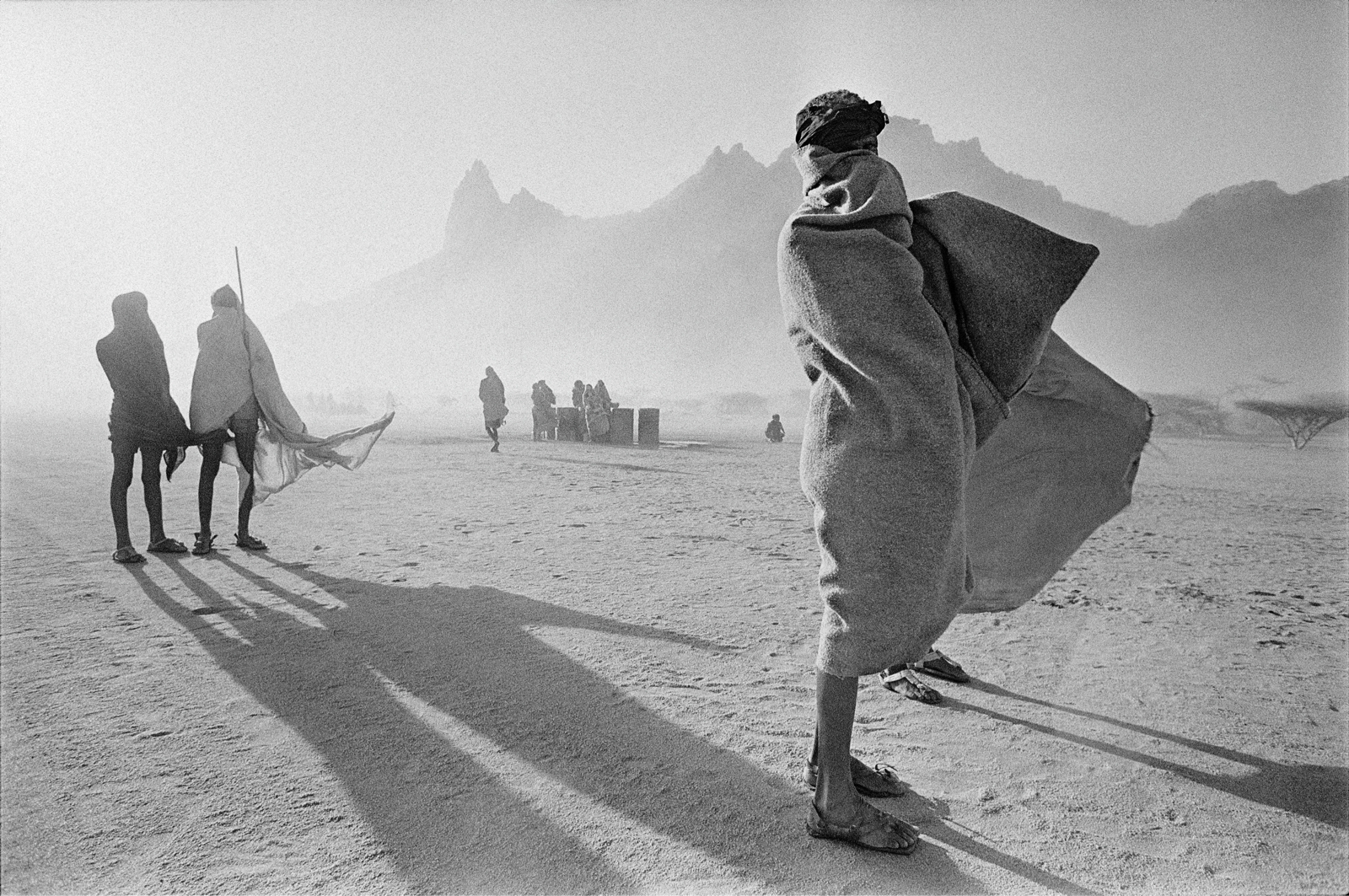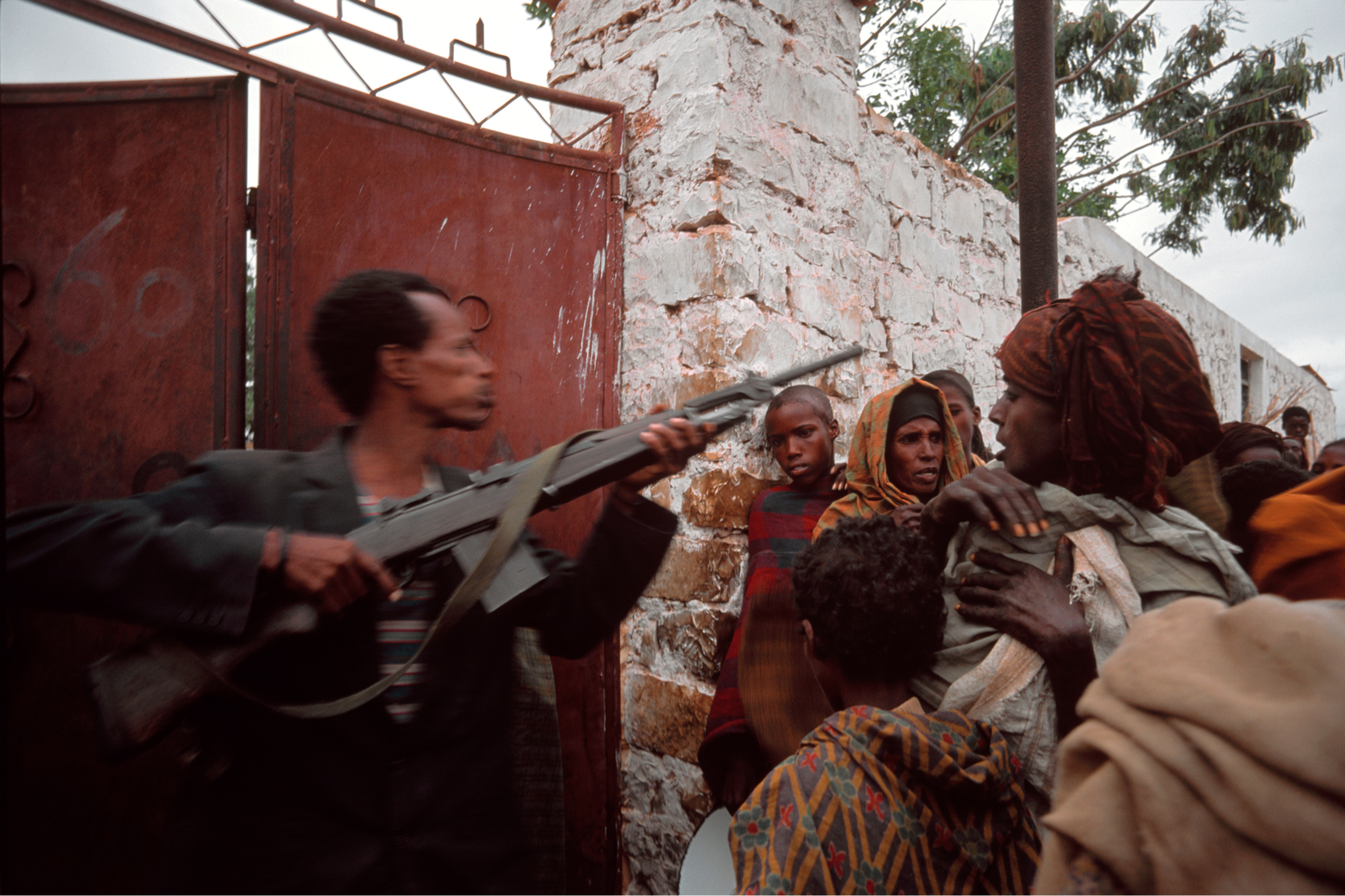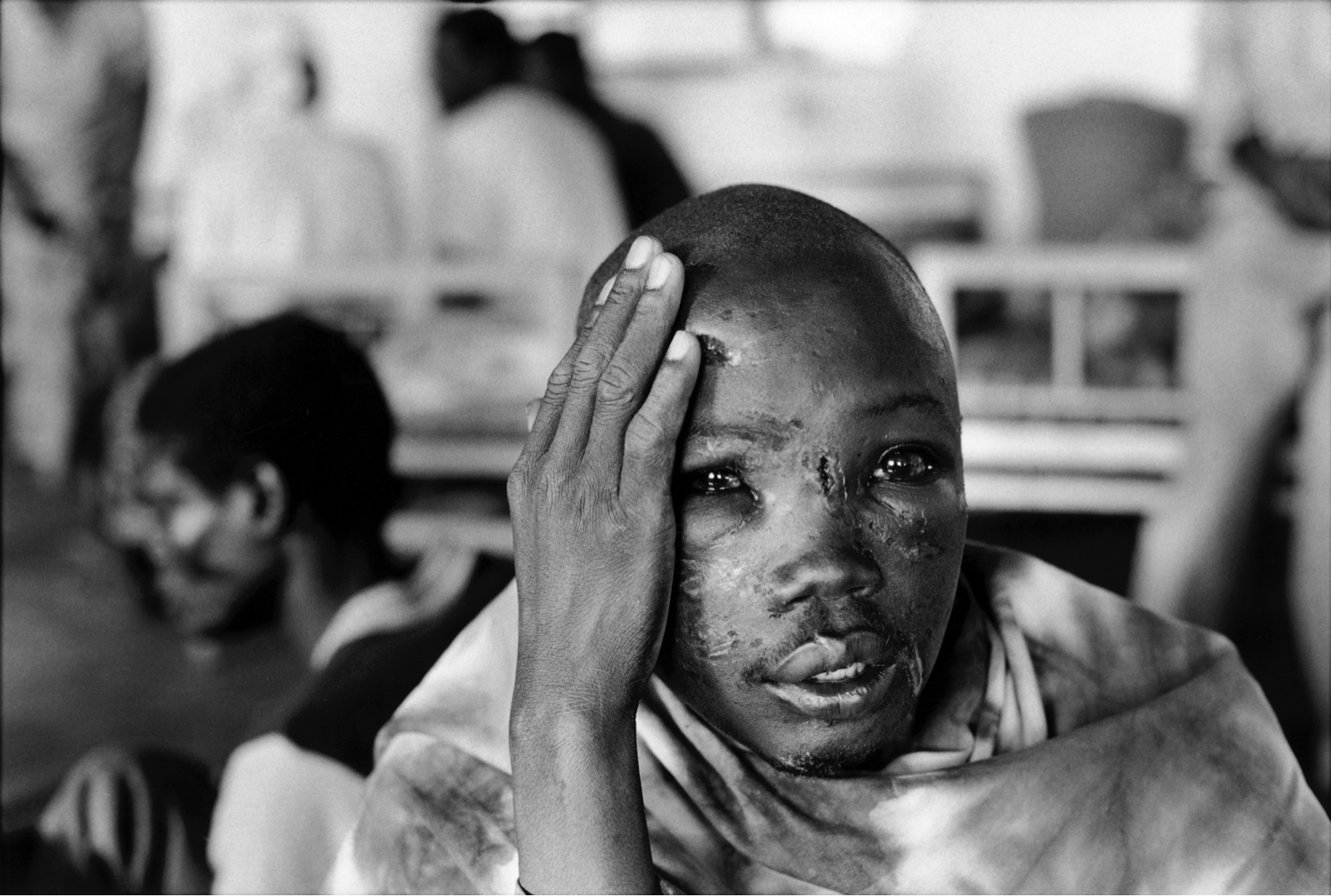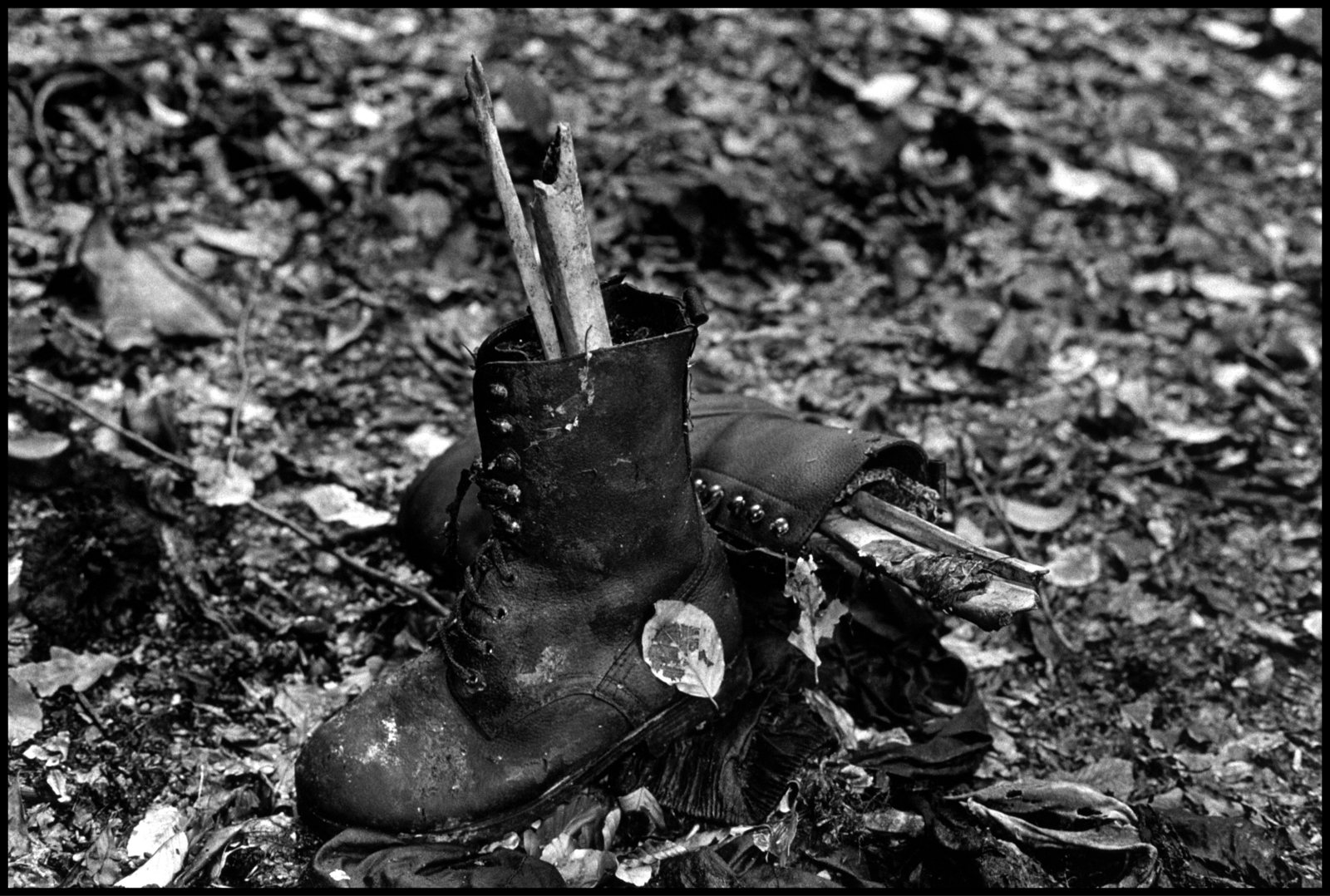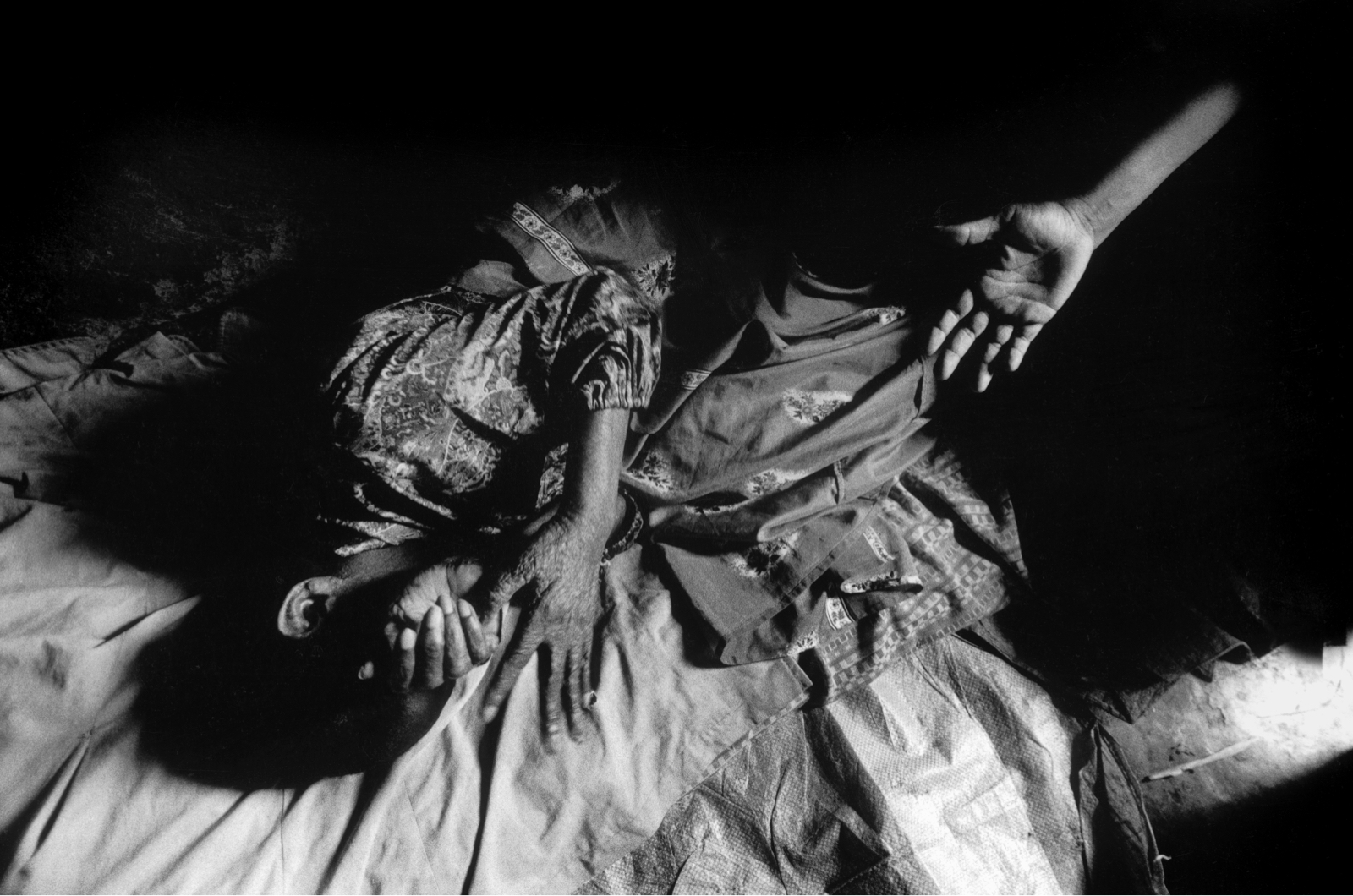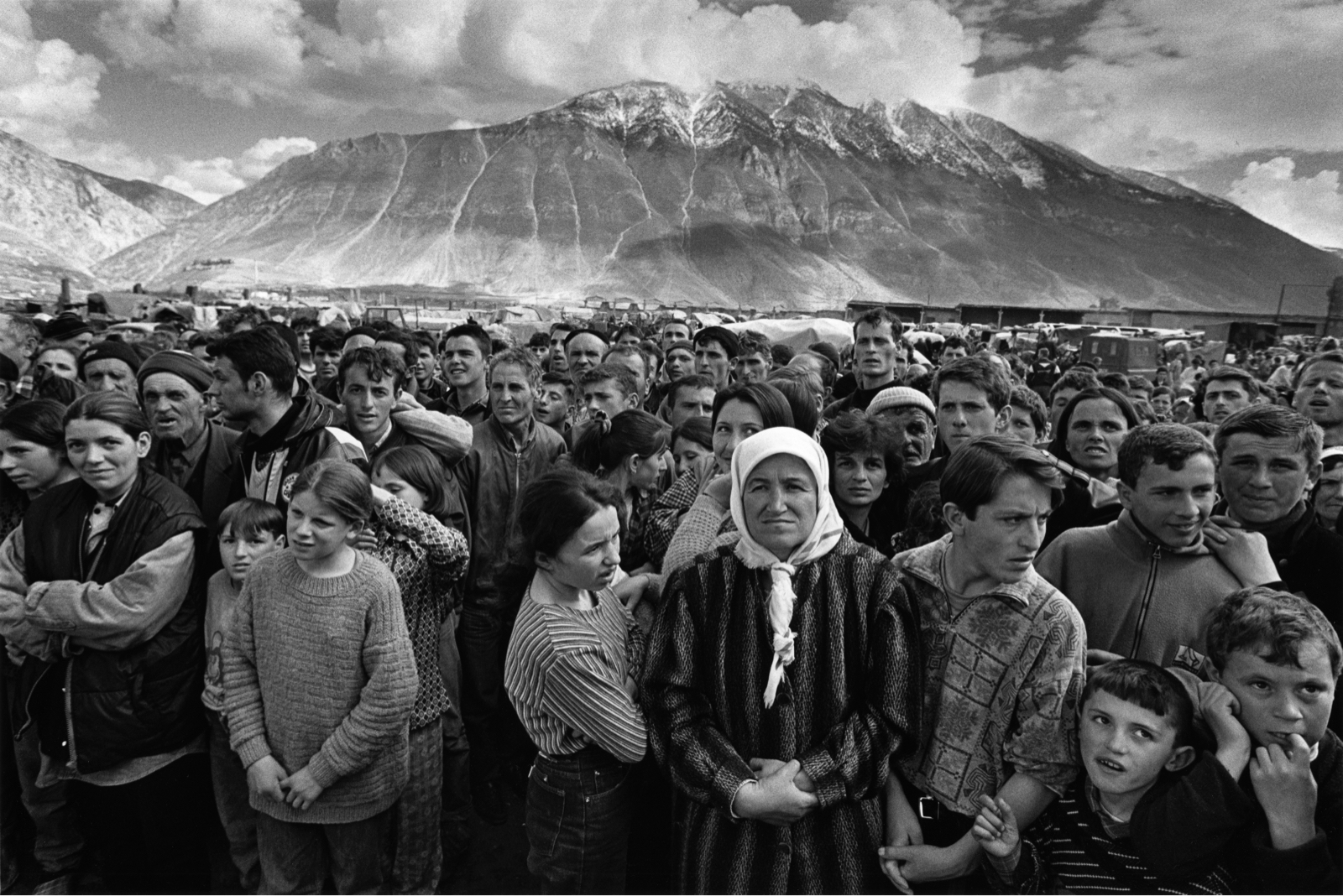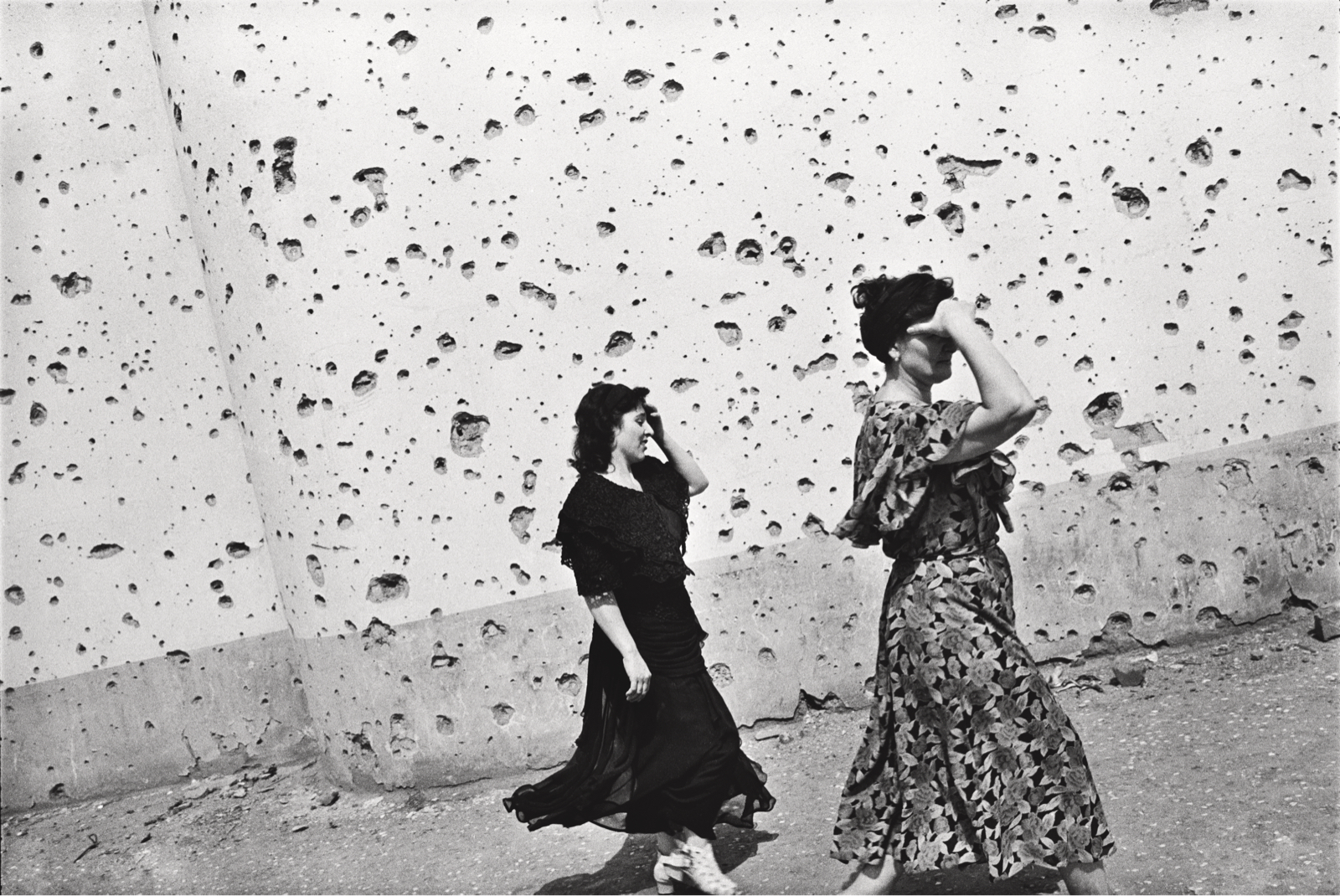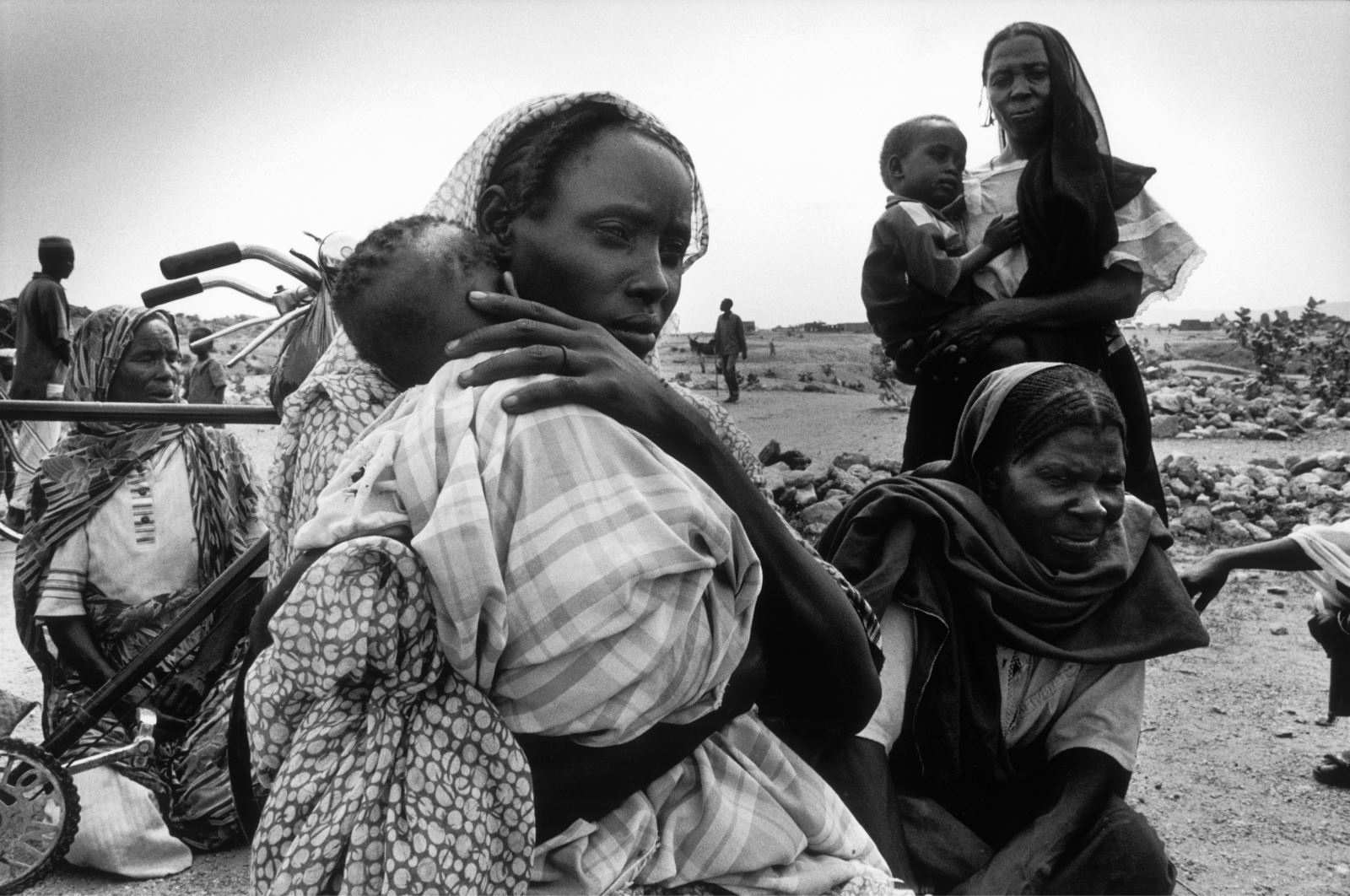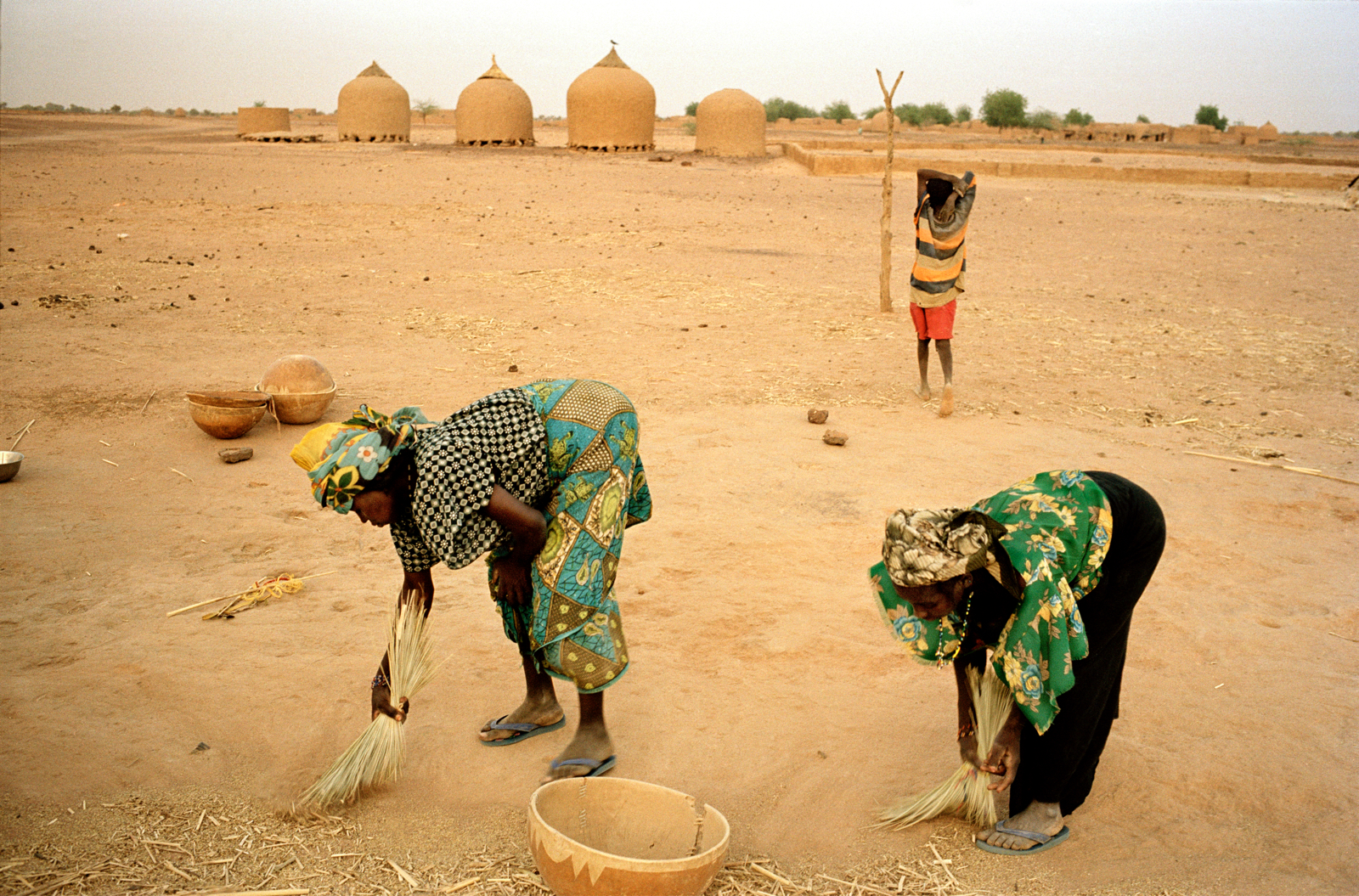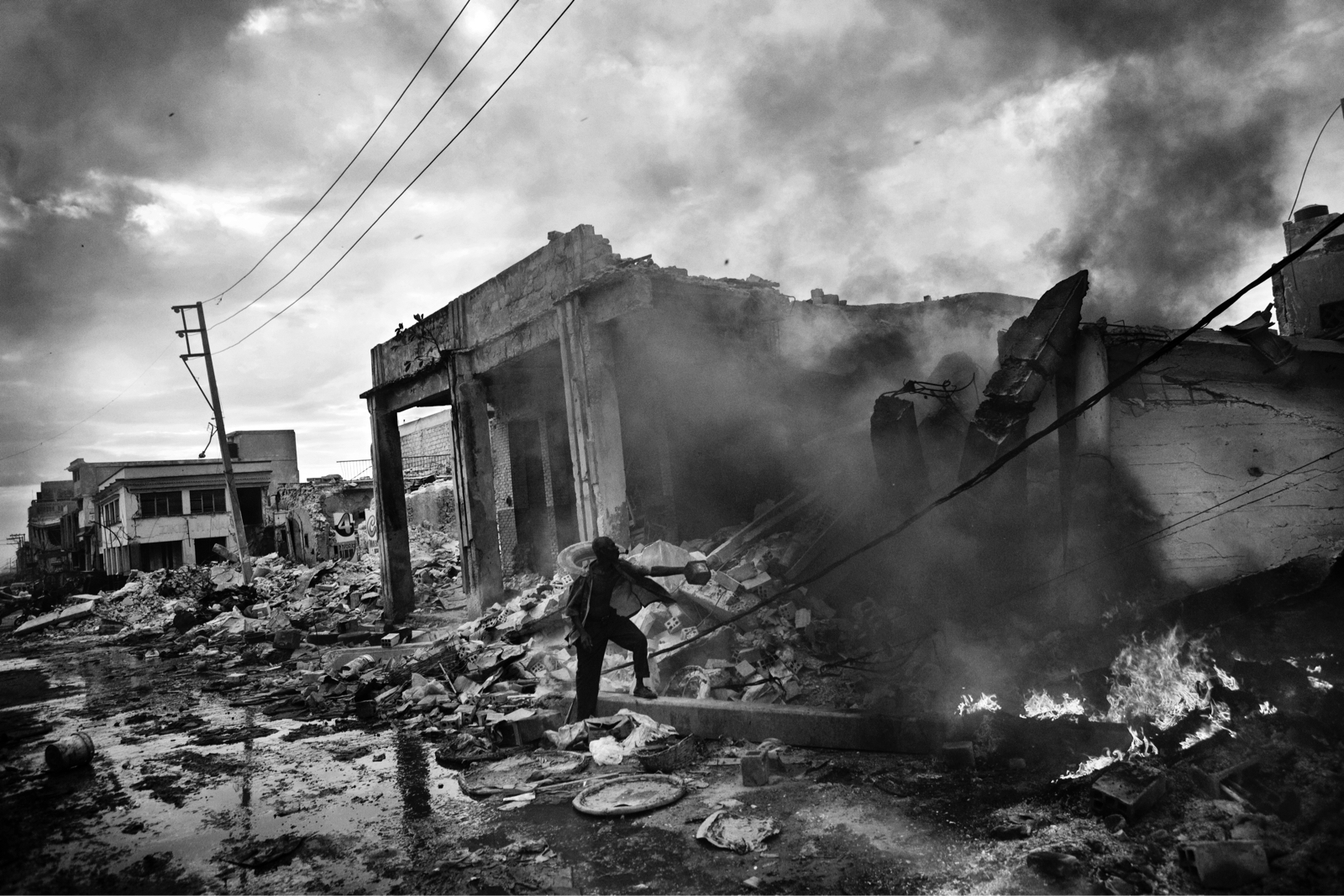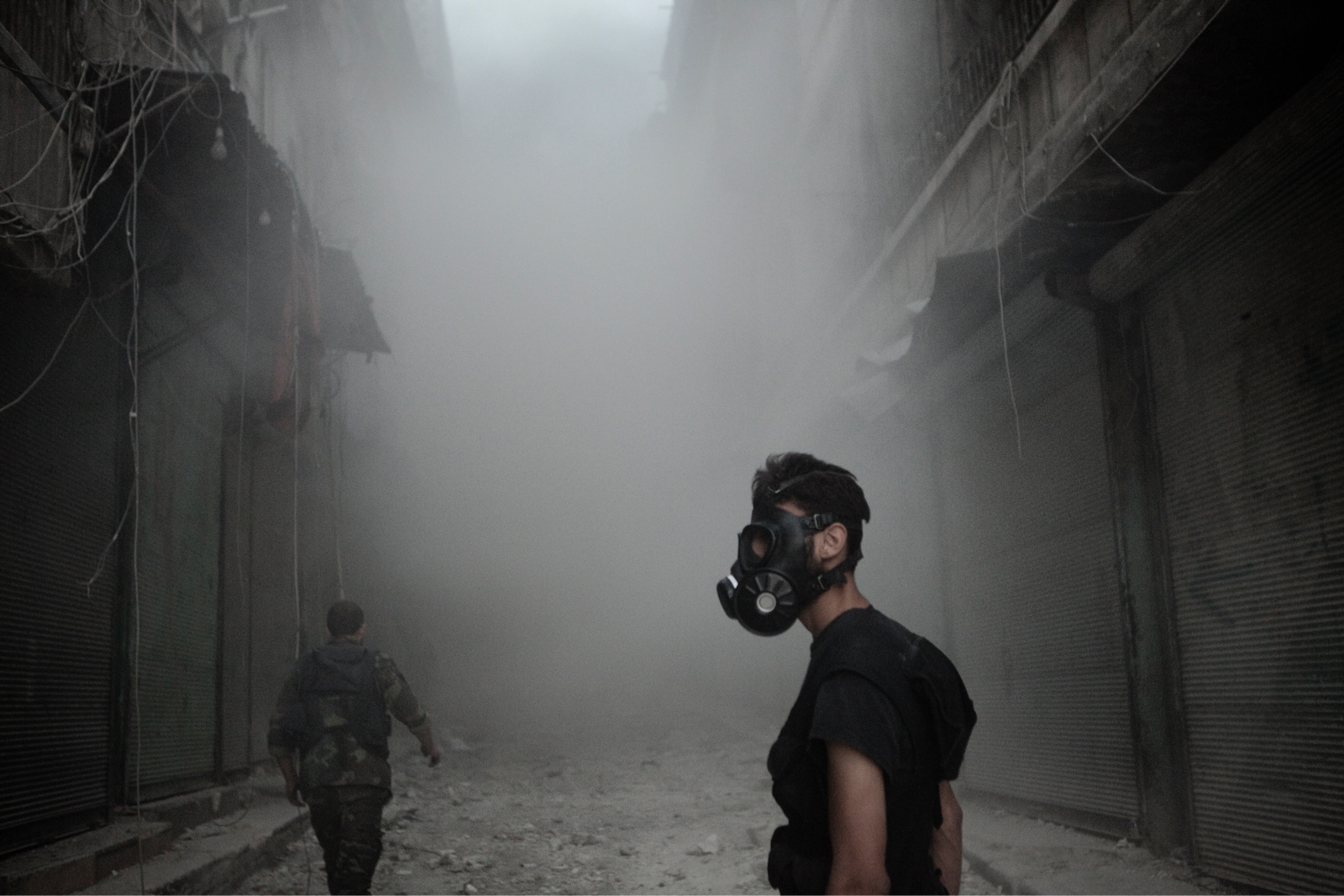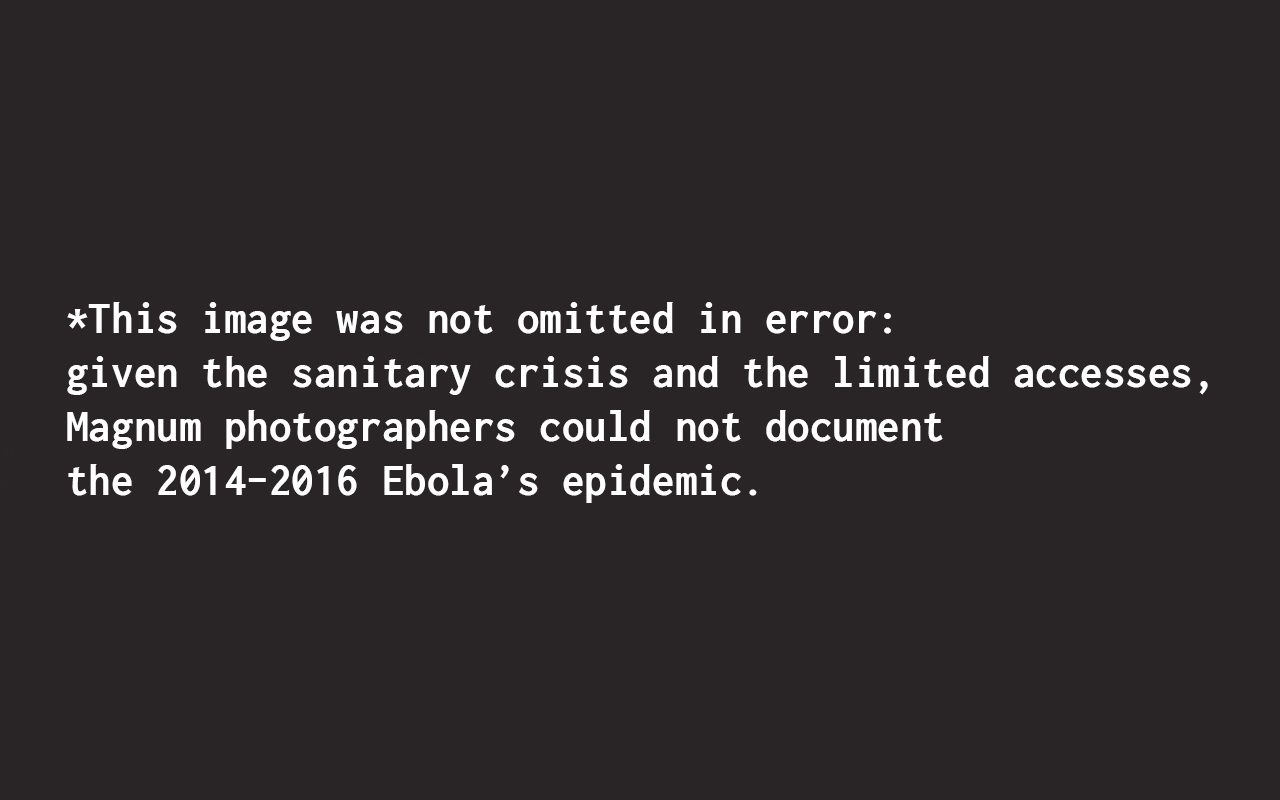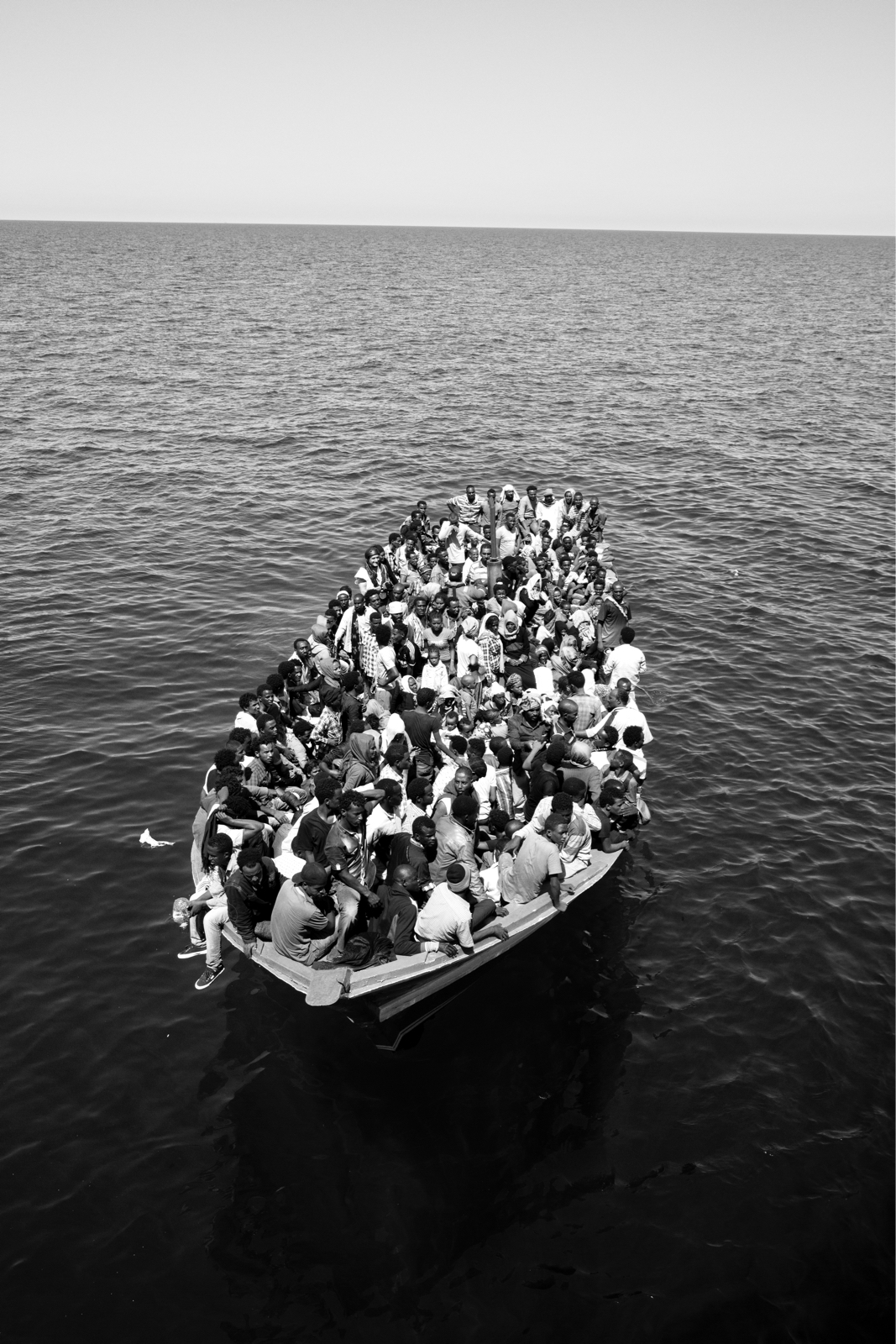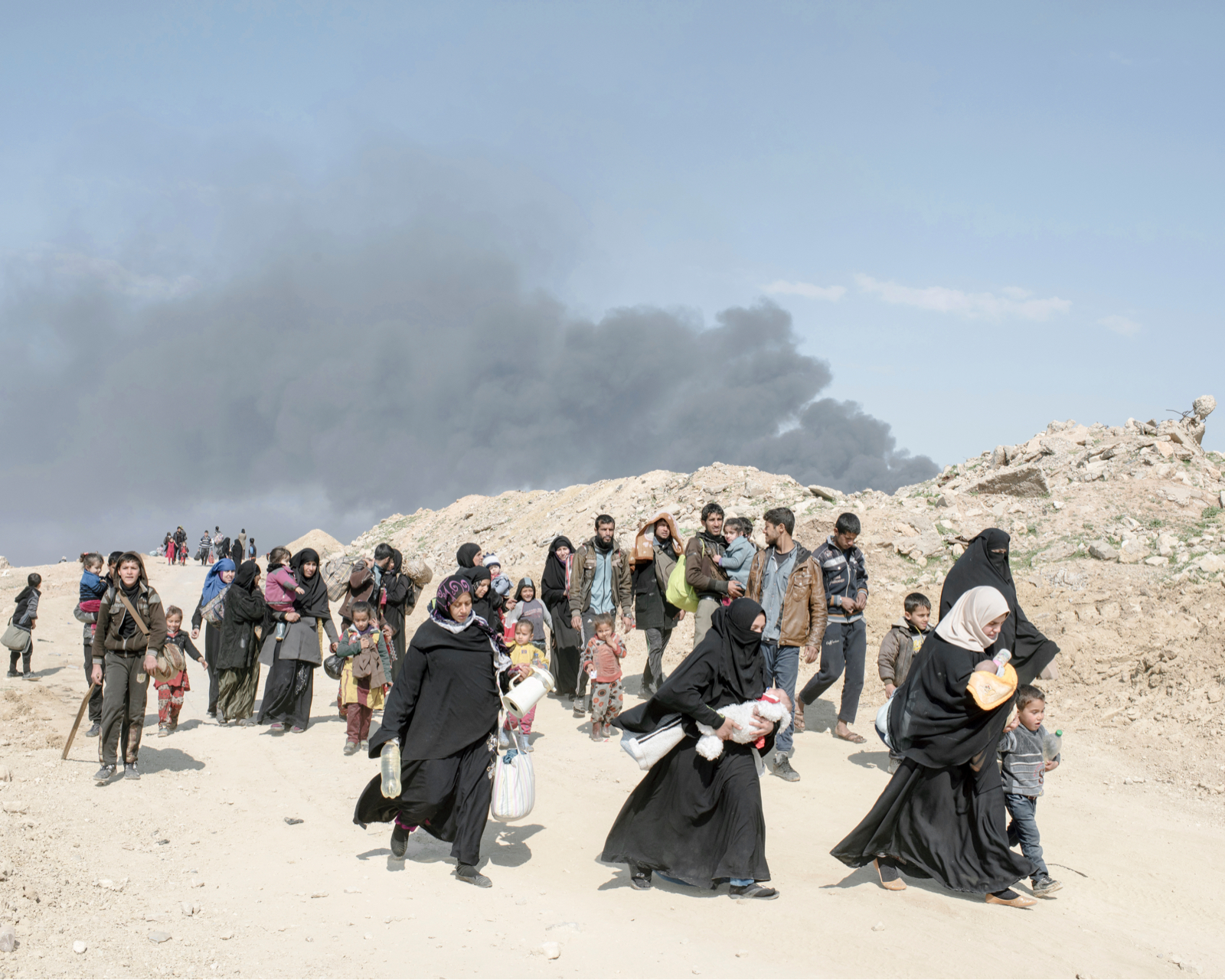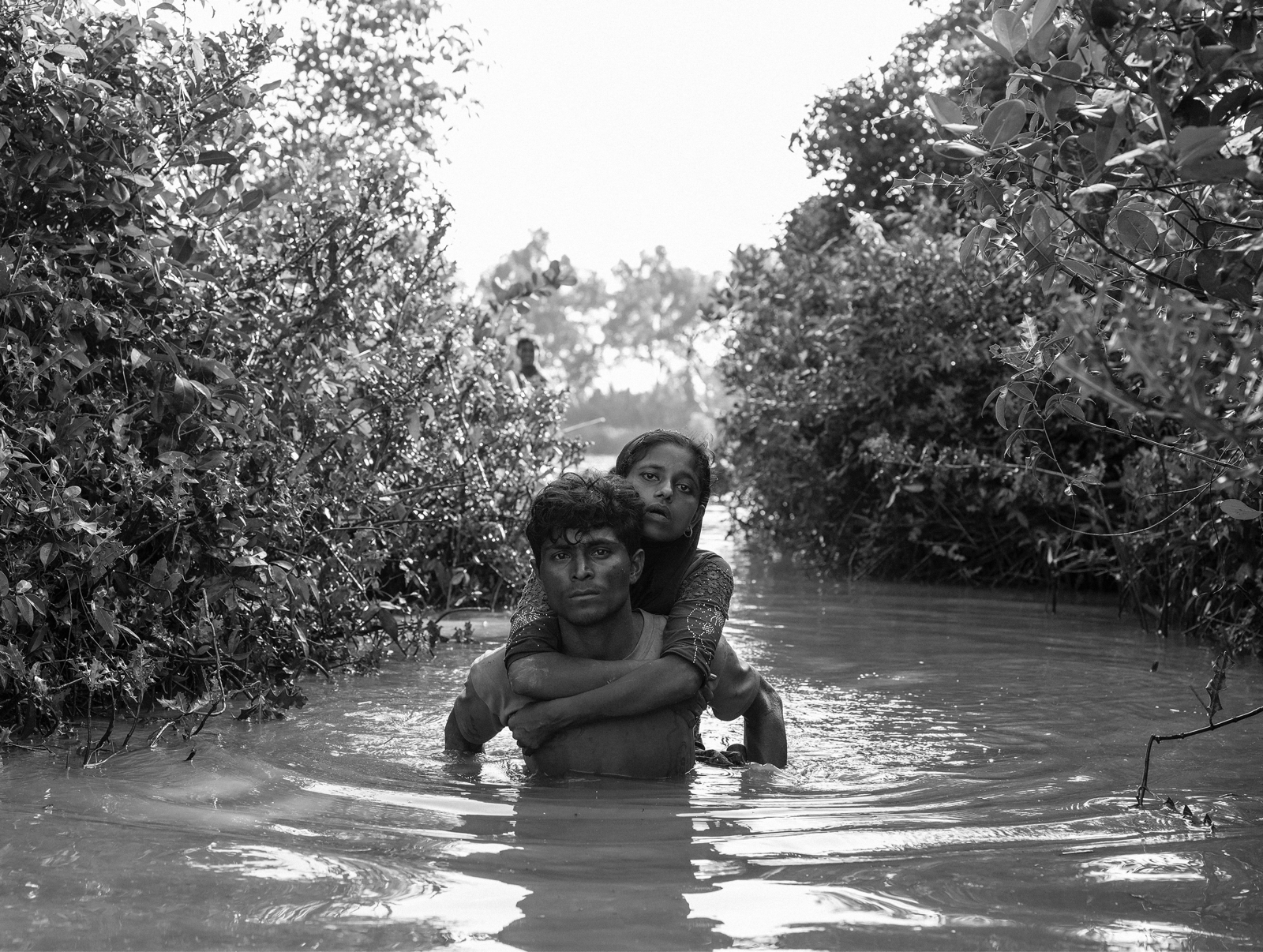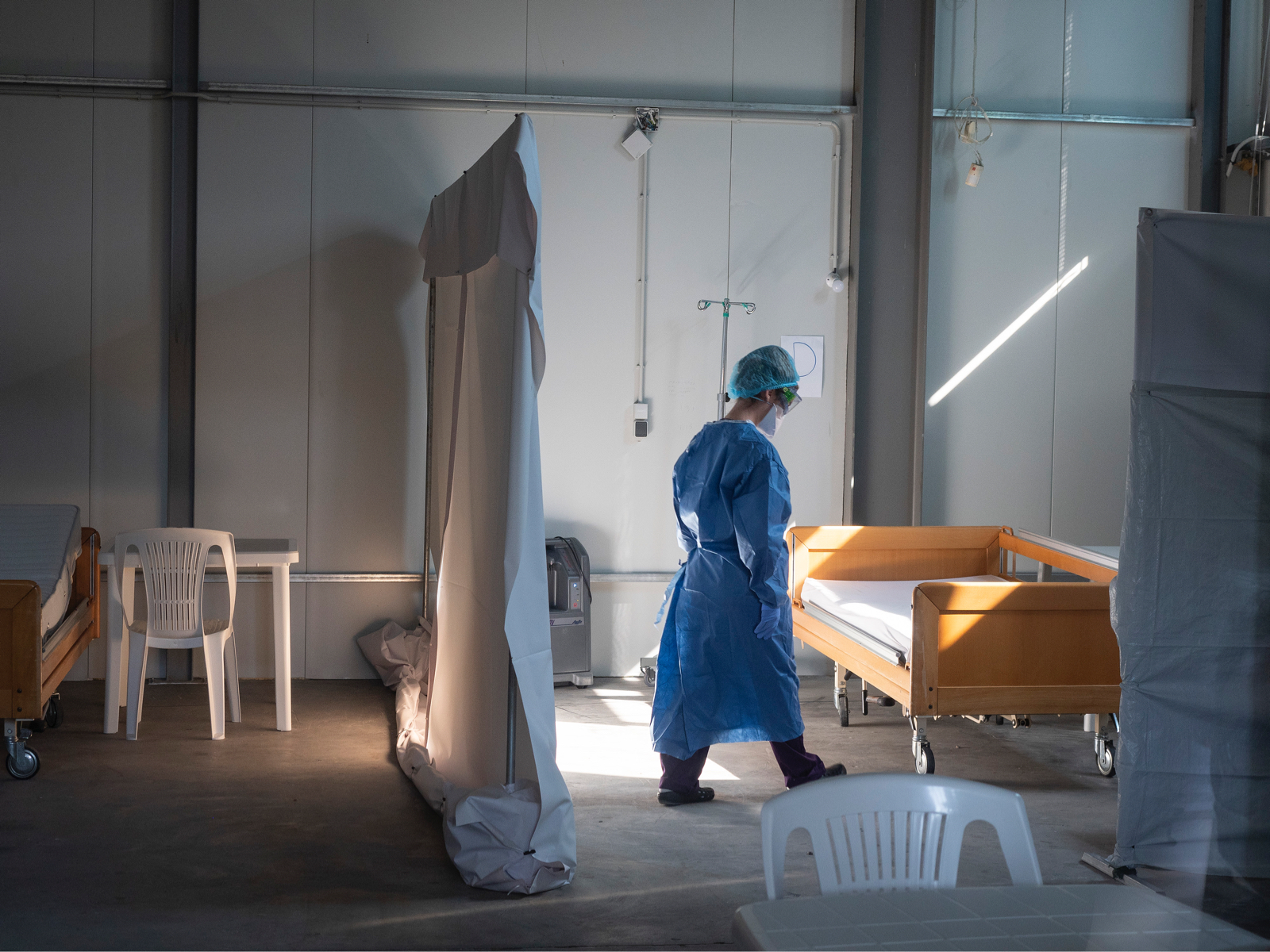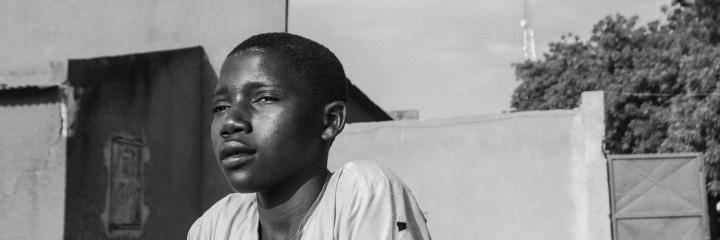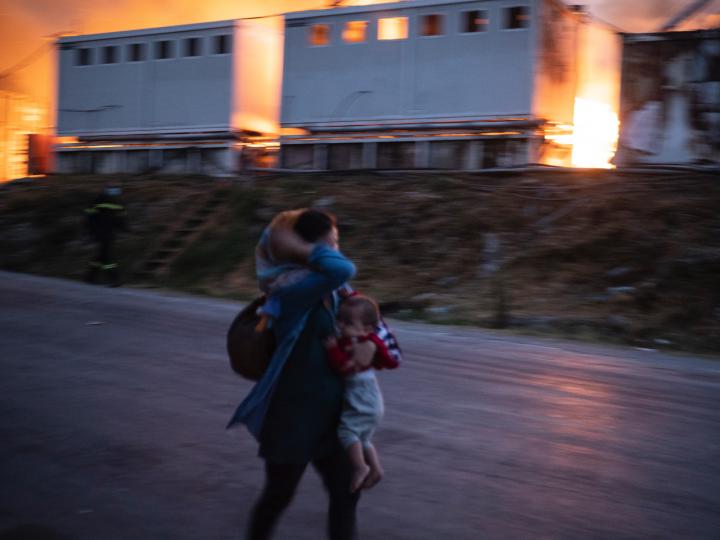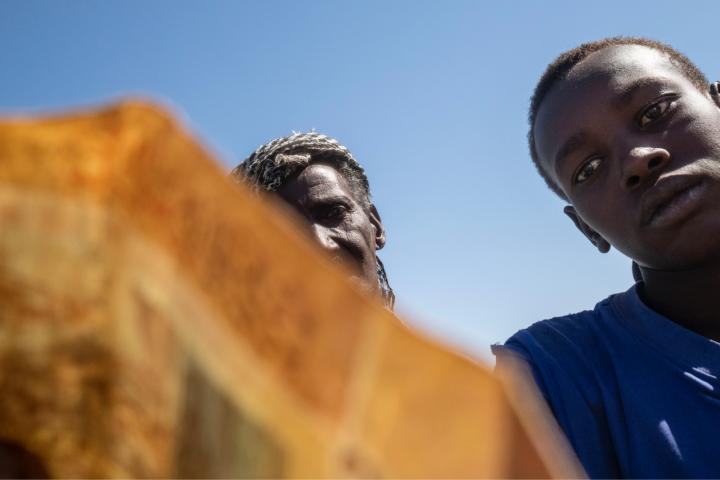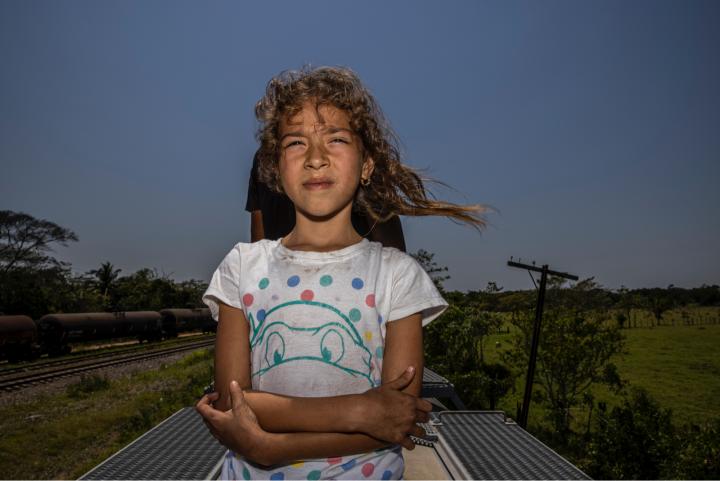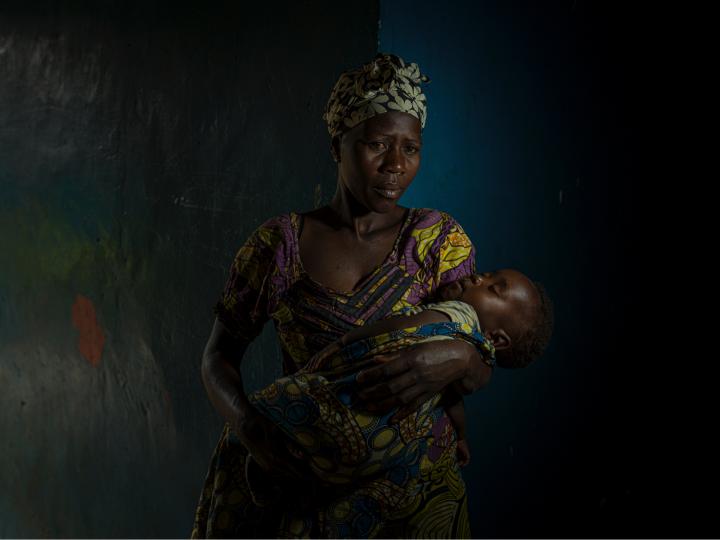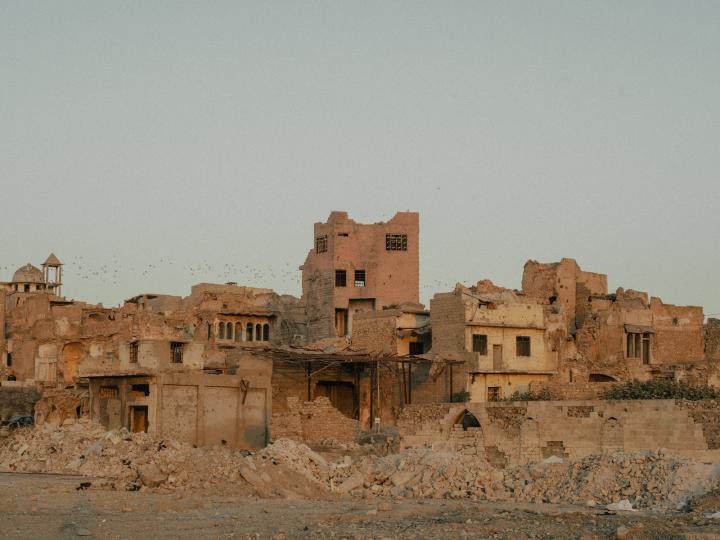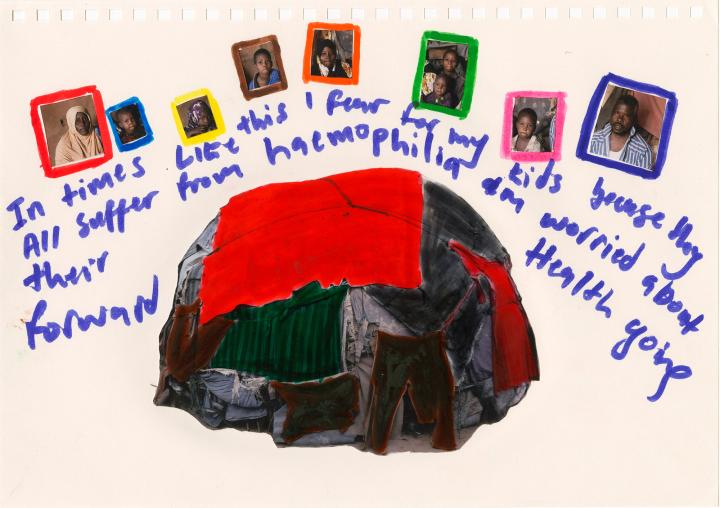1971
Creation of Médecins Sans Frontières
"22 December 1971 will thus come to mean the mobilization and determination to topple the barriers and break down all the borders that separate those who seek to save lives and provide care from the victims."
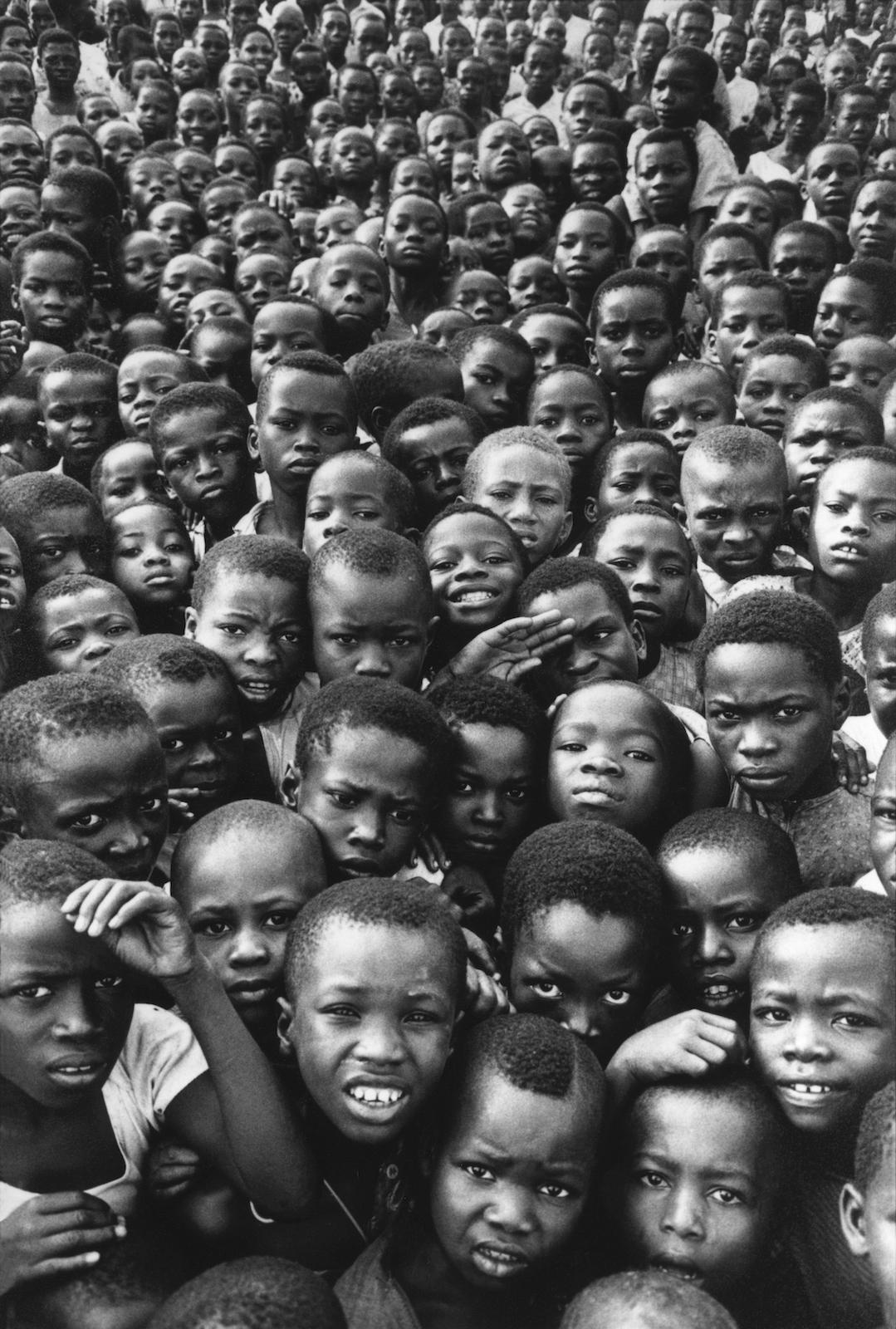
The emergency aid organization Médecins Sans Frontières/Doctors Without Borders (MSF) was founded by a group of French doctors and journalists to provide relief and assistance to people in distress, without discrimination. Its creation was announced in the 22 December issue of the medical journal Tonus. Medical action is the heart of its mission; bearing witness is inseparable from that. Why? Two years earlier, in 1969, a group of doctors had gone to Biafra, a territory seeking to secede from Nigeria, and later decided to break the “culture of silence” imposed by the International Committee of the Red Cross, the organization they were working with.


